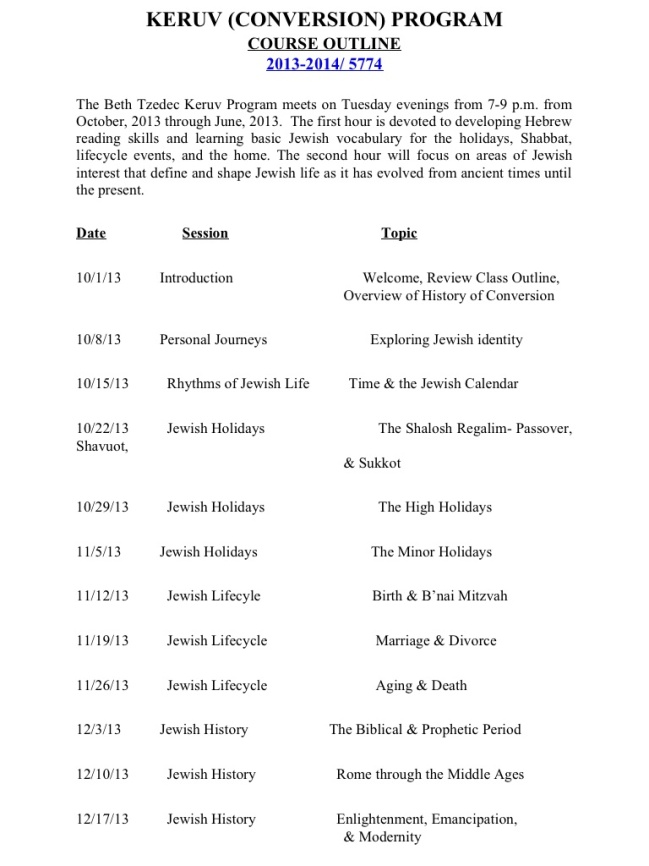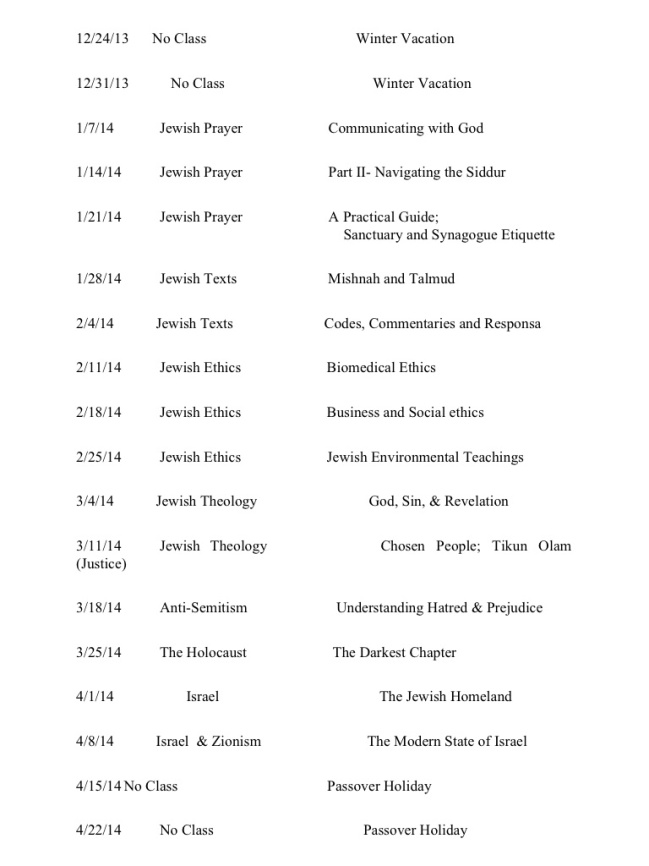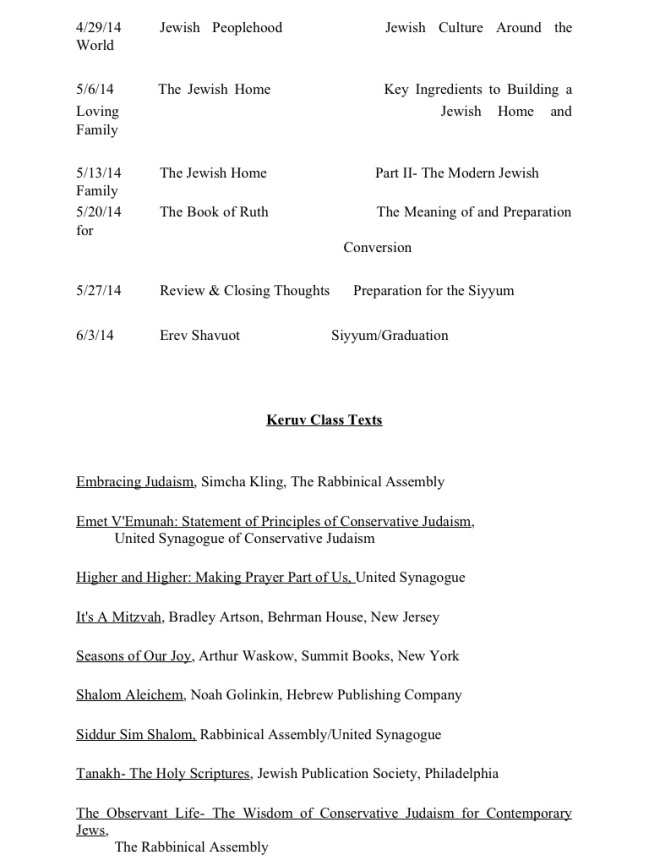For our second Keruv class we were assigned to read the chapter on Chanukah from the book, “Seasons of our Joy” written by Arthur O. Waskow. His book outlines the Jewish holidays in sequential order starting with the New Year (Rosh Hashanah). Also each chapter outlines the origins, customs and recipes associated with each holiday. So far this book has been my favorite because Mr. Waskow explains the significance of the holidays with enthusiasm, giving just enough detail and historical significance; this keeps the material interesting.
This class we opened our “Shalom Alecheinu” to page 23, where ewe started with a new consonant, Bet!, sounds like “b”. We also learned a new vowel, Qibbuts! Sounds like “oo”.
To practice we read nonsensical syllables using phonetics such as, “BEL”, “BAYL”, “BEHL” etc…
I like doing this, it helps to get a feel for how Hebrew words sound and feel when you pronounce them. We are taking it slow and learning the basic building blocks first, this makes learning Hebrew very manageable! Although at times it does sound really funny when a group of adults are chanting “MOO, LOO, CHOO, HOO, SHOO, ROO, TOO, YOO and NOO. It’s quite comical! 😉
We finished the Hebrew portion of the evening on the consonant Nun, sounds like “n”.
We also learned a name for the “Divine One”: Hashem.
Next week we will be learning, Daled, sounds like “d” and Kav, sounds like “k”.
For the second portion of the evening we were invited to open our latest text, “It’s a Mitzvah” written by Rabbi Bradley Shavit Artson. His book is a step-by-step guide to Jewish living, it has a lot of pictures and looks like a friendly, inviting guide to eating kosher, celebrate the holidays etc… Rabbi O asked us to read the first two to three chapters: Why this Book Our God and the God of our Ancestors and What is Jewish Law? Why does it Matter? Once I’ve read the assigned reading I’ll post a summary of the readings.
To tie up the loose ends of last week’s discussion of the Minor Holidays we delved into the historical significance of Hanukah or Chanukah. However you decide to spell it, the holiday is based on the hope that light will prevail over darkness. Last year G and I observed our first Hanukah together! After lighting the candles and saying the prayers I truly felt that the Festival of Lights is a celebration of Light over Darkness of Good over Evil. Historically, the tales of the Maccabees victory over the Greeks and the reclaiming of the Temple are celebrated for eight nights ensuring Jews remember the miracle of the oil for centuries to come.





